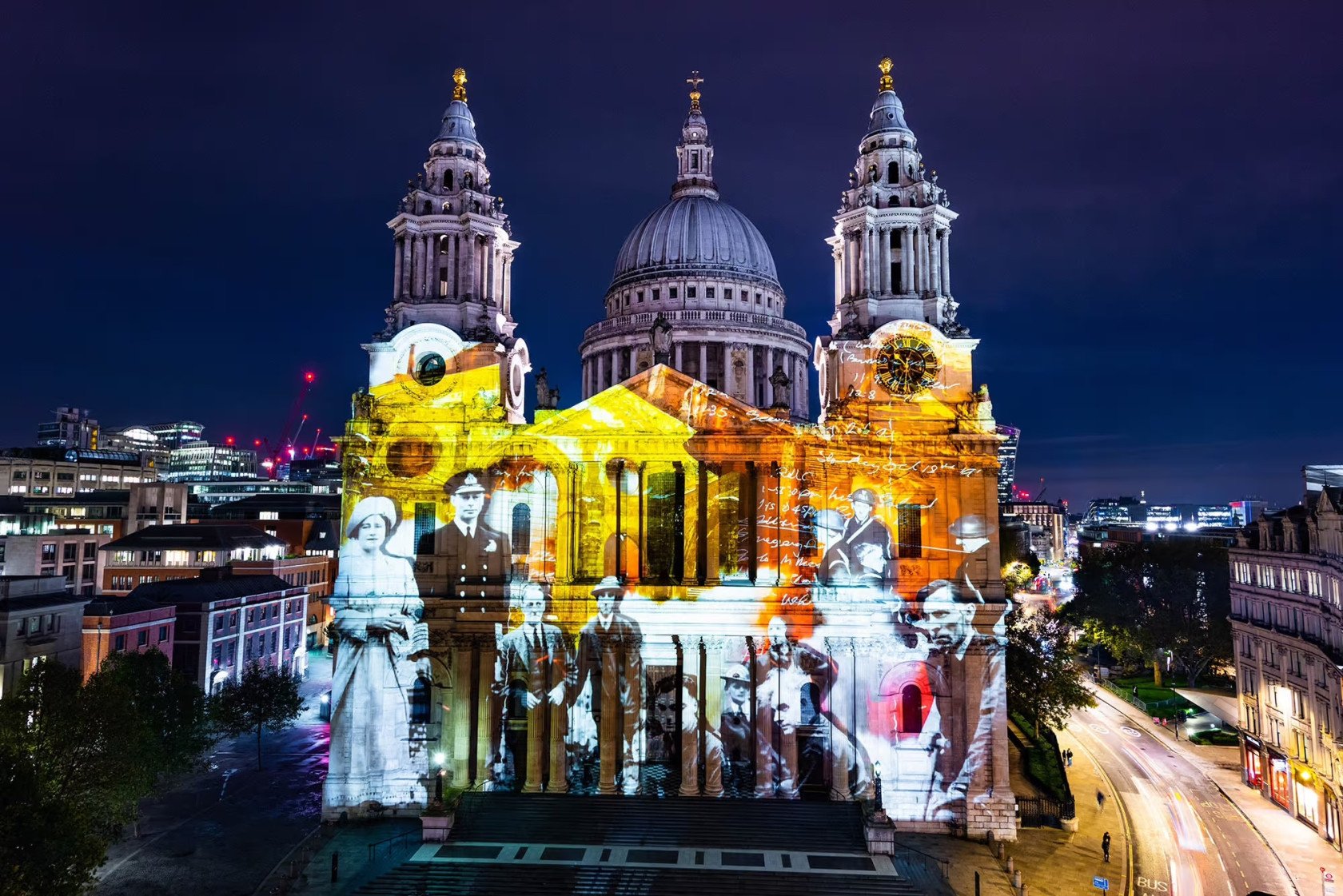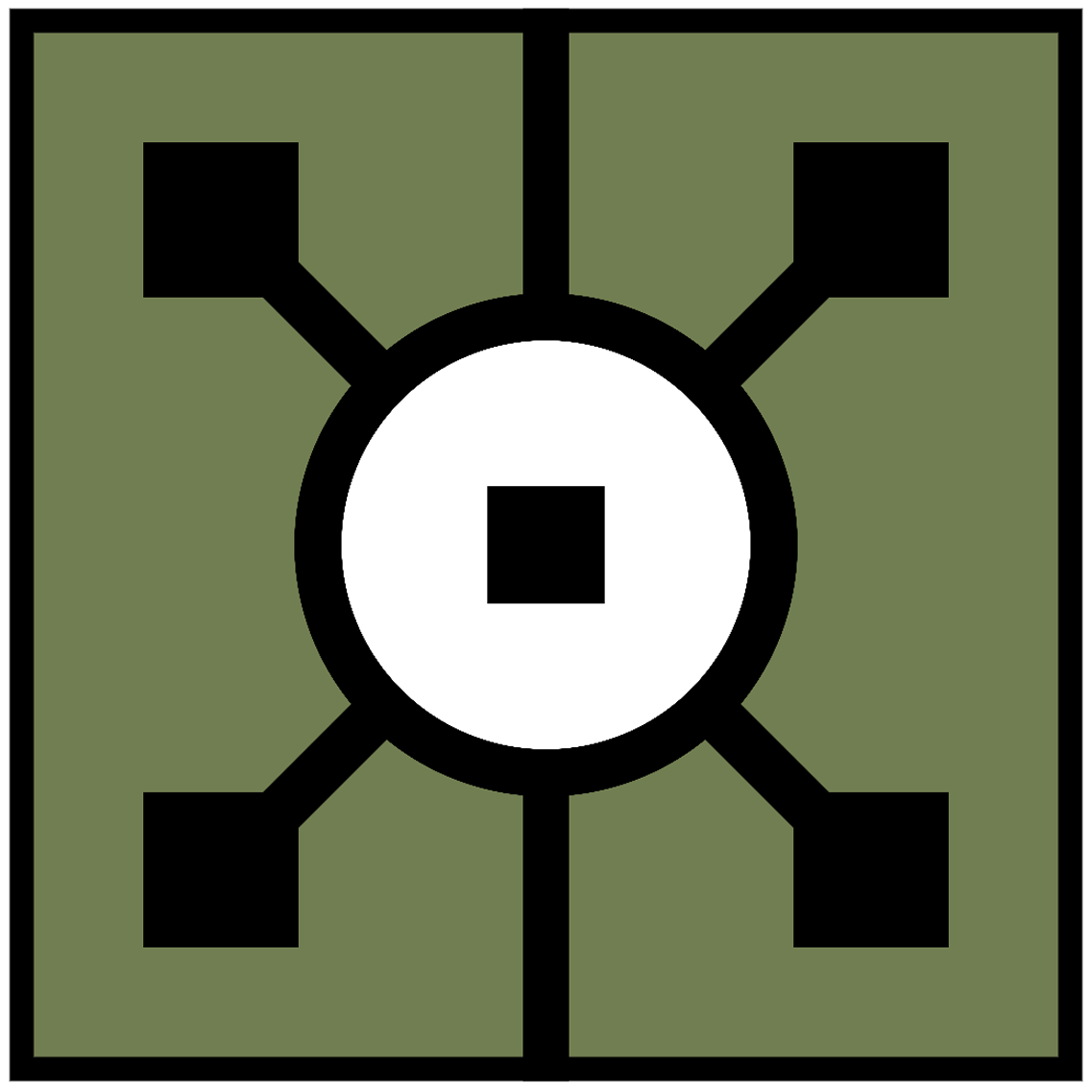Intro
What is Projection Mapping?
Projection Mapping is a technique used to display content such as images or video onto irregularly shaped surfaces or objects. It is commonly used in advertising and stage design, but also by artists who wish to add depth or movement to static objects.
This technique was first used for Disney’s Haunted Mansion ride in 1969, where a video of five singing ghosts was projected onto physical busts, creating the illusion of movement. Since then, many creatives continue to incorporate projection mapping in their artistic practice, and the technique has expanded to incorporate more advanced methods, including 3D and immersive projections.
Software
A variety of projection mapping software and masking tools are available online; The Creative Technology Lab supports projects in Touchdesigner and Madmapper. While our "Intro to Projection Mapping" workshop introduces students to the technique in Touchdesigner, resources are available for both tools on this wiki.
Hardware
Selecting the right projector is crucial for projection mapping: Different projectors suit various environments and surfaces. LED or Laser projectors are ideal for dark rooms, offering intense colors and high resolution. For brighter rooms, Lamp projectors (3000 ANSI lumens or more) work best. It's important to handle lamp projectors carefully – mounting these upside down or from ceilings might damage the lamp inside.
Check out the variety of projectors available in college on ORB or speak to a technician to find out what might work best for your project.



